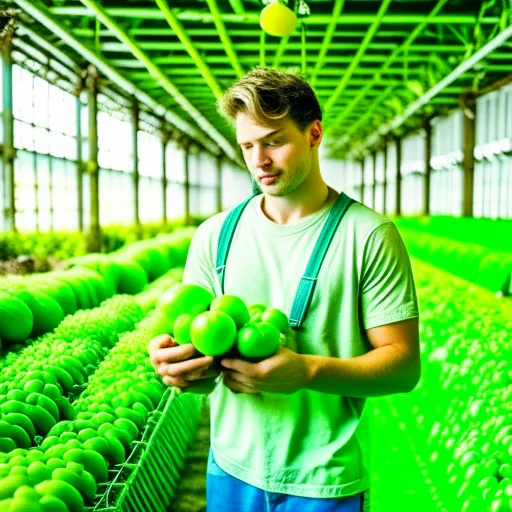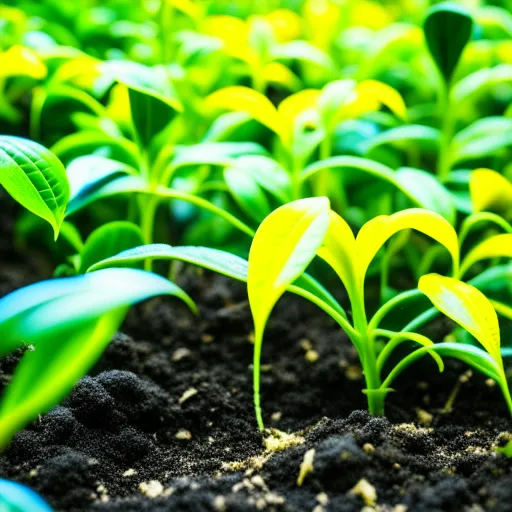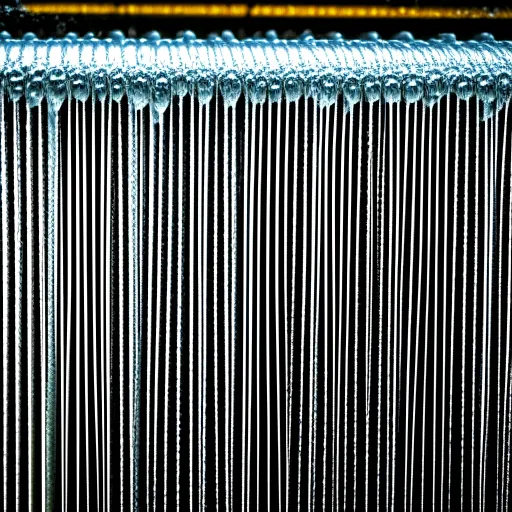Have you ever wondered why your tomatoes refuse to ripen in the greenhouse? In this article, we will explore 9 possible reasons that may be hindering the ripening process, and provide you with valuable insights on how to overcome these challenges.
1. Insufficient sunlight
Tomatoes need a sufficient amount of sunlight to ripen properly. If your greenhouse is located in a shady area or is obstructed by surrounding structures, the lack of sunlight can prevent the tomatoes from fully maturing.
2. Temperature fluctuations
Tomatoes require stable temperature conditions to ripen consistently. Fluctuations in temperature, especially if they fall outside the ideal range, can hinder the ripening process. Monitoring and maintaining a stable temperature within the greenhouse is crucial for successful tomato ripening.
3. Lack of airflow
Adequate airflow is essential for proper ripening of tomatoes. Stagnant air within the greenhouse can lead to higher humidity levels, which, in turn, can delay the ripening process. Make sure there is proper ventilation and consider using fans to promote air circulation.
4. Inadequate pollination
Tomato plants rely on pollination for efficient fruit development and ripening. If there is a lack of pollinators such as bees or insufficient airflow to aid in pollination, tomatoes may fail to ripen fully. Consider introducing pollinators or gently shaking the plants to facilitate the process.
5. Nutrient deficiency
A lack of essential nutrients can also impede tomato ripening. Proper fertilization and regular soil testing can help identify and address any nutrient deficiencies. Ensure your plants receive a balanced and appropriate nutrient supply for optimal ripening.
6. Overcrowding
Overcrowding of tomato plants in the greenhouse can limit access to light and airflow, hindering the ripening process. Providing adequate spacing between plants allows for better light penetration and airflow, contributing to uniform ripening.
7. Improper watering
Inconsistent or improper watering practices can negatively impact tomato ripening. Both under-watering and over-watering can lead to stress and reduced fruit quality. Maintain a consistent watering schedule and monitor moisture levels to ensure optimal conditions for ripening.
8. Pest and disease pressure
Pests and diseases can cause significant damage to tomato plants, affecting fruit ripening among other detrimental effects. Regular monitoring, proper pest control measures, and disease prevention strategies are essential to maintain healthy plants and promote successful ripening.
9. Variety selection
Not all tomato varieties are suitable for greenhouse cultivation, and some may have inherent difficulties in ripening within the controlled environment. It is crucial to choose tomato varieties specifically bred or recommended for greenhouse production to maximize ripening success.
To help you understand the possible reasons for tomato plants not ripening in the greenhouse, we have prepared a table summarizing these factors:
| Possible Reasons | Solutions |
|---|---|
| Insufficient sunlight | Relocate greenhouse or prune surrounding trees |
| Temperature fluctuations | Install a thermostat or use insulation |
| Lack of airflow | Use fans or install venting systems |
| Inadequate pollination | Introduce bees or manually pollinate |
| Nutrient deficiency | Soil testing and proper fertilization |
| Overcrowding | Provide adequate spacing between plants |
| Improper watering | Maintain consistent watering schedule |
| Pest and disease pressure | Regular monitoring and appropriate control measures |
| Unsuitable variety for greenhouse cultivation | Select greenhouse-specific tomato varieties |
By addressing these potential issues and implementing the recommended solutions, you can enhance the ripening process of tomatoes in your greenhouse. Remember to carefully monitor and adjust the environmental conditions while providing proper care. With patience and attention to detail, you will soon enjoy a bountiful harvest of ripe and delicious tomatoes in your greenhouse.






